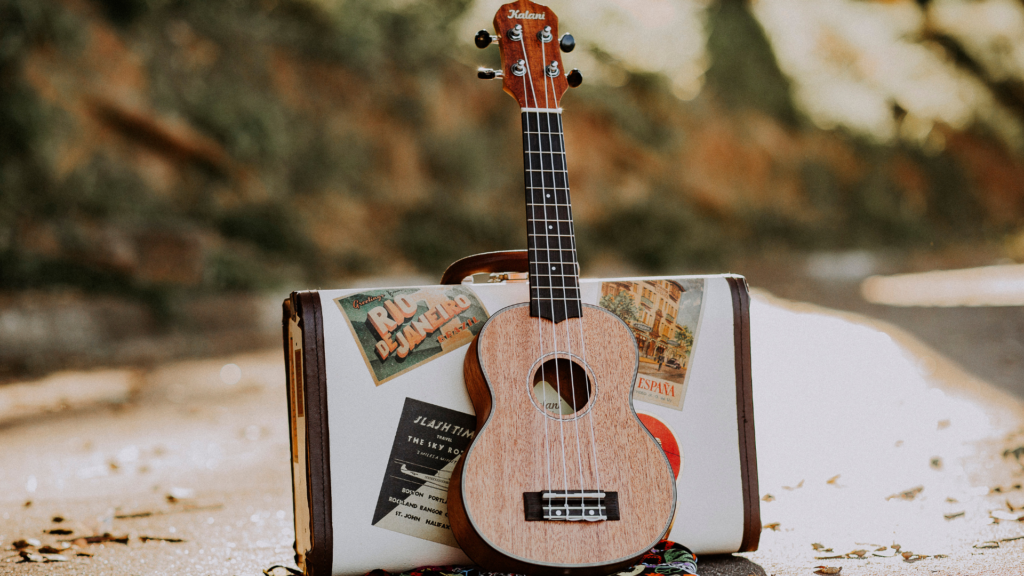Embarking on the journey of purchasing the right musical instrument can be both exciting and daunting, especially for those navigating the world of music for the first time. Whether you are a beginner or an experienced player seeking a new addition to your collection, understanding the essential factors in selecting the right instrument can significantly enhance your musical experience.
In this guide, we will focus on a particular instrument, the guitar, providing insights and considerations tailored for those looking to buy their first or next guitar. Let us dive into the essential aspects of buying a guitar and make the process more accessible for everyone.
Understanding The Types Of Guitars
There are a number of guitars you can choose from when starting to learn how to play the guitar. These include acoustic guitars, electric guitars, and double-headed guitars. Acoustic guitars are the most common type of guitar and usually have a solid body. Electric guitars have a hollow body that amplifies the sound of the strings. Double-headed guitars have two necks that allow for dual playing styles.
When choosing a guitar, it’s important to decide what style of music you want to play. Acoustic guitars are best for folk, country, and rock music. Electric guitars are better for blues, funk, and heavy metal music. Double-headed guitars are good for both acoustic and electric styles of music because they offer two different sounds simultaneously.
It’s also important to decide what size you want your instrument to be. Acoustic guitars come in sizes ranging from 00 through 12-string models. Electric guitar sizes range from 0 through 12 string models as well as one-of-a-kind custom-built instruments. Double-headed guitar sizes range from 6 to 18-inch models.
Once you’ve chosen your instrument and style of music, it’s time to learn how to play the guitar.
There are various methods for learning to play the guitar, depending on your preference. You can turn to watching YouTube videos or diving into books for guidance on mastering the instrument. If you prefer online platforms, websites like acoustic life can be a valuable resource, that tends to offer engaging lessons to enhance your guitar-playing skills. With the wide range of options available, finding the approach that suites your learning style can make the journey of learning the guitar both enjoyable and rewarding.
For a more comprehensive learning experience, exploring lessons with a professional guitar player is another great option. However, selecting the right teacher is crucial, and it is essential to find someone with experience and expertise in the specific style of music you aim to master. Some common methods for finding a teacher include:
- Checking out online guitar teachers’ directories.
- Finding recommendations from friends or family.
- Visiting local music stores and asking if they have any guitar teachers available.
Buying The Guitar
If you’re considering buying an instrument, there are a few things to keep in mind.
The first thing to consider is what you want to use the instrument for. If you’re a beginner, it might be best to start with an inexpensive instrument that can be used for practice. But if you plan on playing in a band or orchestra, you’ll want to invest in a higher-quality guitar. Once you’ve gained a certain level of expertise and can play well enough, you could invest in complete sets, like a speaker for an electric guitar or organ benches for pianos and stands for cellos, among other things.
Another important factor to consider is your budget. You don’t need to spend a fortune on a guitar, but make sure you get one that’s durable and will last long. Be sure to inspect the instrument before making a purchase. Make sure everything looks and works correctly.
If you’re unsure about what to buy or if you need help selecting the right instrument, don’t hesitate to consult a specialist. There are a number of music stores that offer expert advice on what to buy.
Care And Maintenance
Different instruments have different sounds and capabilities that can appeal to different players. It can be hard to decide which one is the right fit for you, so here are some tips on how to choose an instrument:
- Consider your budget. Not all instruments are created equal, and the price tag reflects that. If you’re on a tight budget, consider buying an instrument used or from a less expensive brand.
- Do your research. Before making any purchase, it’s important to do your research and understand the different types of instruments out there. Knowing what you want will make the process easier.
- Take some time to try them out. Once you know what type of guitar you want, take some time to try them out in a store or at home. This way, you can get a good feel for how they play and whether or not they’re the right fit for you.
- Ask around. If you still aren’t sure which guitar is right for you, ask around your friends or family members who might have recommendations for you. They’ll likely be able to help point you in the right direction!
- Consider your style. Once you’ve chosen an instrument, it’s important to consider your style and how that might affect the type of instrument you choose. For instance, if you’re a rock musician, you might want to choose an electric guitar over an acoustic one.



